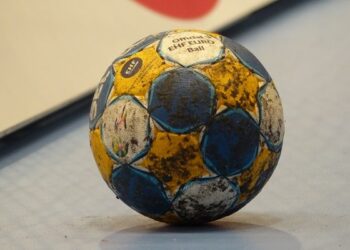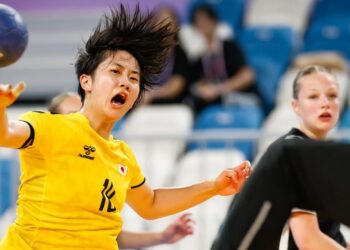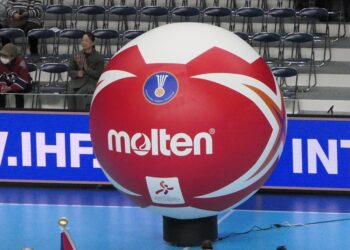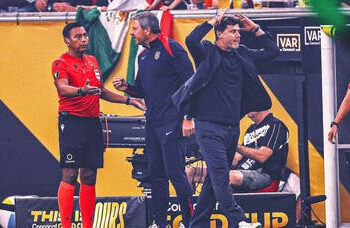The draw for the Women’s EHF Champions League 2025/2026 groups has set the stage for another captivating season of elite European handball. With powerhouse clubs, emerging challengers, and storylines brimming with rivalry and redemption, the group stage promises to deliver high-intensity drama from the very first whistle.
This year’s edition sees the best teams from across Europe once again split into two groups, each containing eight teams. As ever, the aim is clear: survive the grueling group stage to book a place in the knockout rounds, where the path to Budapest’s final four showdown awaits.
Familiar Giants, Fresh Battles
Defending champions Győri Audi ETO KC headline Group A and will look to continue their dominance on the European stage. Having lifted the trophy for the seventh time last season, the Hungarian giants are once again favorites, boasting a star-studded roster featuring some of the world’s best, including Stine Oftedal and Ana Gros.
Joining Győr in Group A are familiar foes like Denmark’s Odense Håndbold, who will be eager to avenge last year’s quarter-final exit. France’s Metz Handball, consistently one of Europe’s toughest sides, also slot into the same group, ready to test Győr’s supremacy.
Meanwhile, newcomers Thüringer HC from Germany return to the competition after a strong domestic campaign, bringing youthful energy and a point to prove. They’ll have to navigate tough away trips to Romania’s CSM București and Slovenia’s RK Krim Mercator, both looking to shake things up with their experienced squads.
Group B: The Group of Death?
Group B has already been dubbed the “Group of Death” by fans and pundits alike. Reigning runners-up Vipers Kristiansand headline the pack. The Norwegian side, who fell just short of a three-peat last season, are determined to reclaim the throne with Nora Mørk leading the charge.
Joining them are FTC-Rail Cargo Hungaria, who shocked many with their run to the semi-finals last season. The Budapest-based side will again rely on their passionate home support to make Group B a fortress.
Last year’s dark horses, Team Esbjerg, complete a Danish duo alongside newcomers København Håndbold, setting up an all-Danish showdown that promises fireworks. Montenegro’s Budućnost BEMAX, with their rich Champions League pedigree, add another layer of intrigue, while Polish champions MKS Lublin hope to make an impression on their return to Europe’s top stage.
Rising Stars and Veterans Collide
One of the most exciting aspects of this year’s groups is the blend of rising stars and established veterans. Young players like Emma Friis (Team Esbjerg) and Sarah Bouktit (Metz) are tipped to shine alongside battle-tested icons such as Cristina Neagu (CSM București) and Jovanka Radičević (Budućnost). The generational clash adds an extra dimension to matches that are already fiercely competitive.
What’s at Stake
As always, the top two teams in each group will advance directly to the quarter-finals, while teams placed 3rd to 6th will battle through the play-offs for the remaining spots. For those finishing 7th or 8th, the dream ends early — a harsh reality that keeps every game meaningful until the final round.
The stakes couldn’t be higher: the chance to lift Europe’s most coveted club trophy, to etch a name into handball history, and to play in front of the roaring crowds of the EHF FINAL4 in Budapest next May.
Fans Ready for Handball Nights
With the groups confirmed, fans across the continent are marking their calendars for nights filled with fast breaks, spectacular saves, and dramatic finishes. From the legendary Audi Arena in Győr to the buzzing arenas in Kristiansand, Bucharest, and beyond, Europe’s handball cathedrals are ready to echo with chants, drums, and the raw emotion that makes the Women’s EHF Champions League so special.
As the opening matches draw closer, one thing is certain: the road to Budapest will be anything but predictable — and Europe’s best are re
ady to fight every inch of the way.











